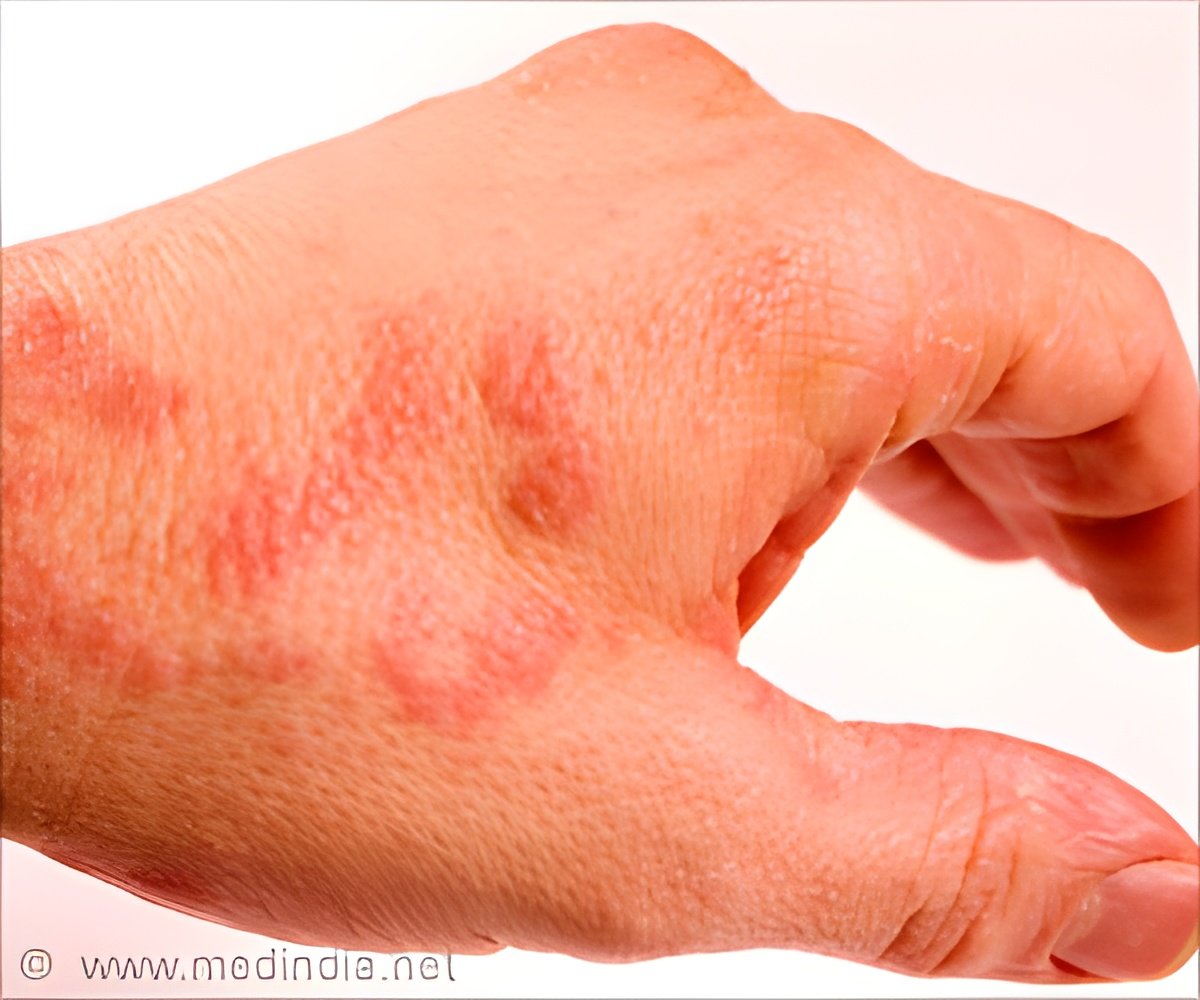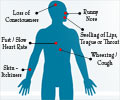
‘Toxicologist finds eliciting dose to help sufferers of mild or moderate peanut allergic reactions’
Read More..Tweet it Now
Haber, who is a toxicologist, explains that the researchers used patient data and mathematical models to estimate an eliciting dose, i.e., the amount of peanut protein that will result in an allergic reaction in a certain percentage of peanut sensitive patients. Read More..
The study involved 481 patients in double-blind placebo-controlled studies, exposed to increasing peanut protein levels in a controlled clinical setting till the patient had an allergic reaction.
Findings revealed that in 1% of patients with peanut allergies, 0.052 milligrams of peanut protein elicited an allergic reaction and 0.49mg of peanut protein for 5% of patients.
Haber explains that risk is based on how inherently hazardous something is and how much of that substance someone is exposed to. For instance, arsenic is more toxic than sodium chloride (table salt) but if one isn’t exposed to any arsenic, it does not pose any risk.
She adds, "The amount of exposure is also important in determining risk. Water is healthy, but if you drink enough of it, it could kill you. There has been a move to shift to labeling that is based on a combination of the inherent hazard of a substance and how much of it is in a product. This is being done in Australia, New Zealand and Europe. The United States has been slower to do this."
Advertisement
Advertisement












